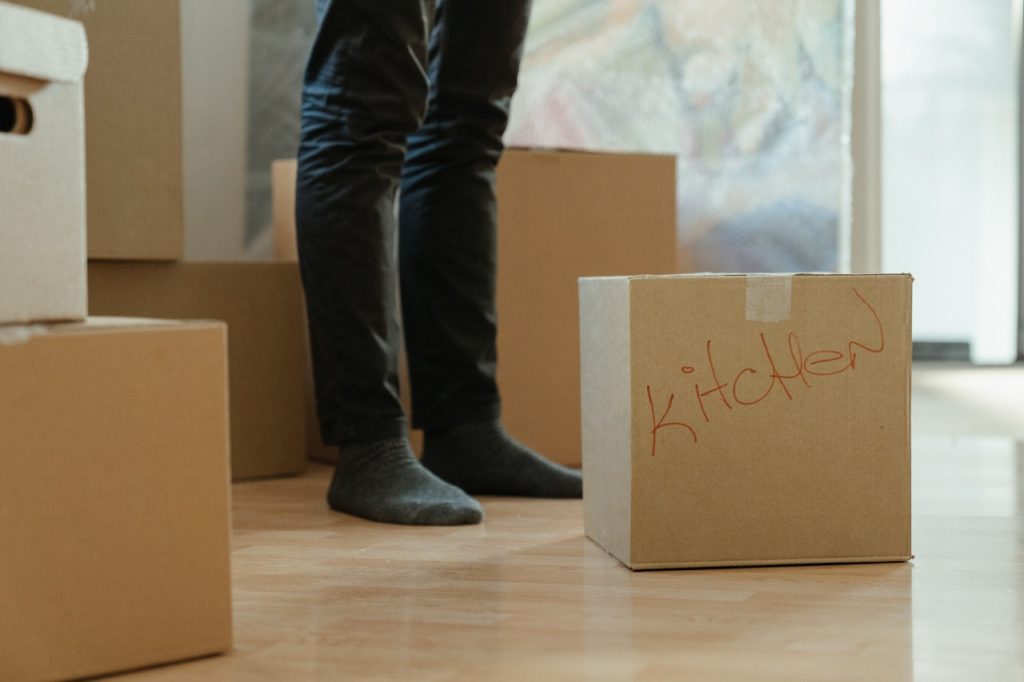RE/MAX shares advice for making a move into a smaller space go more smoothly.
With the increasing cost of living coupled with the highest interest rates in nearly 15 years, many people may be looking to downsize to make their money go further.
Whatever the reason for moving to a smaller home, there are a few things to consider to make the downscaling journey a little easier.
“Maintaining a largely underutilised property might not make financial sense if some family members have moved out or if the homeowners’ lifestyle needs have changed,” explained President of RE/MAX Uganda, Mohammed Kaliisa.
“The best way to downsize is to be sure that you’re making the big move to go small for all the right reasons. From a practical perspective, the proper way to go about it is to be systematic and organised as you downsize from a larger to a smaller home,” he advised.
To help homeowners who have decided to make the big move to a smaller home, RE/MAX Uganda shares the top five tips for downscaling:

1. Measure both spaces
Be sure to measure your existing furniture to make sure it can fit into the new home. Avoid the nightmare of having a couch that wouldn’t get up the stairs by measuring all possible entrances and exits to make sure you will be able to move the furniture into the home without having to disassemble it first.
2. Buy new furniture after the move
If your old furniture will not work in the new space, wait until after you have moved into the new home before ordering any new furniture. Not only will this give you one less thing to move (which will save on moving costs), but it also allows you the time to live in the home and get a sense of what furniture will work in the smaller space.
3. Store music and memories in the cloud
Moving to a smaller home often means far less storage space. Photo albums and CD racks can take up a lot of unnecessary space. Tough as it might be, now is the atime to move to digital music platforms and digitise photo albums so that they can be stored in the cloud. Keep just a few of the special photos by framing them and hanging them on the walls in the new home.
4. Sort through one room at a time
Look at how much storage space you will have in your new home as a guide for how much you will need to clear out in your current home. It can be emotional to get rid of the items you have accumulated over the years, which is why it is best to work systematically and tackle one room at a time. Begin with rooms you use least and categorise items into boxes marked as: “Must keep”, “Donate”, and “Rubbish”. Keep the momentum going by simply putting the items that you are unsure of to one side. Once you’ve sorted through everything, you can allow yourself the time to go through these items again to decide whether to hold onto them or get rid of them.
5. Turn unwanted goods into cash or kindness
Instead of taking everything you don’t want to the local dump, sell your unwanted goods online. Not only could selling your items help you afford new items for your new home, but others will also be happy to turn your ‘trash’ into their ‘new’ (to them) treasures. You could also help out those in need by donating your unwanted goods that are in good condition to thrift stores and charity shops.
According to Kaliisa, when downscaling, it is important to be certain that the property you have chosen will suit your current and future lifestyle needs.
“If you are forced to sell in less than five years, which is the window after which you’re most likely to see a return on your investment, you might lose out financially. While homes appreciate in value over time, it is important to bear in mind all the other costs that go with a property transaction – like transfer costs, agent fees, moving and relocation costs – which eat into the capital you have available.”
“If you are forced to sell in less than five years, which is the window after which you’re most likely to see a return on your investment, you might lose out financially.
“While homes appreciate in value over time, it is important to bear in mind all the other costs that go with a property transaction – like transfer costs, agent fees, moving and relocation costs – which eat into the capital you have available.

Comments